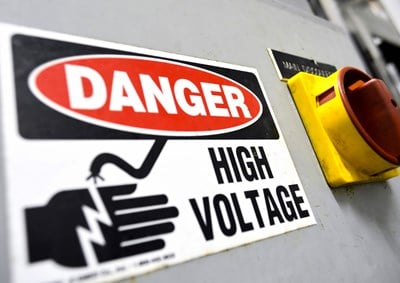Suspected neck or back (spinal cord) injuries should be taken seriously because of the risk of paralysis and even death. When someone has a head or neck injury, they should not be moved because movement may cause further damage to spinal cord nerves (which carry messages between the brain and body), resulting in possible paralysis below the site of the injury.
The symptoms of serious neck or back injury include:
- Head or body contorted in an unnatural or unusual position
- Numbness or tingling sensations that radiate through an arm or a leg
- Weakness in back, neck or limbs
- Difficulty standing or walking
- Inability to move arms or legs
- Loss of bladder or bowel control
- Shock (pale, clammy skin; blue or gray lips, fingernails; dazed or semi-conscious appearance)
- Unconsciousness
- Neck pain, stiff neck or headache that won’t go away
If any of the above causes or symptoms are involved, assume that the person has a spinal cord injury, and take the follow steps:
- Call 911 or the local emergency number.
- Immobilize the head, neck and shoulder area to prevent movement.
- Do not attempt to reposition, bend or twist the neck or body; and do not move or roll the person unless he or she is in danger (e.g., he or she is in a burning vehicle).
- If you must roll the person, do so only if he or she is vomiting or choking on blood, or because you must check that the person is still breathing.
- Rolling a person requires two people, with one person stationed at the head and the other along the victim’s side. The person’s head, neck and back should be kept in line while rolling occurs.
- If the person is wearing a helmet, do not remove it.
- If the person is not breathing, and if trained to do so, begin rescue breathing (CPR). (Do not move or tilt the head back when attempting to open the airway; instead, position your fingers on each jaw along the side of the head and lift the jaw open or forward.)
- If the person has no pulse, begin chest compressions.
 American College of Emergency Physicians
American College of Emergency Physicians







